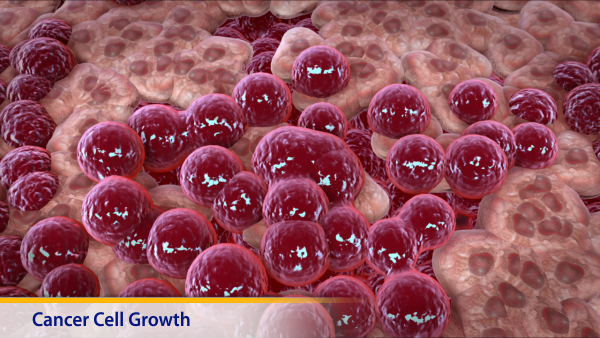
Childhood Leukemia
What is leukemia?
Leukemia is cancer of the blood. It starts in the bone marrow and can spread to the blood, lymph nodes, spleen, liver, central nervous system, and other organs. This cancer causes large numbers of abnormal white cells to form. There are two main types of leukemia. The first type is the rapid growing kind called acute leukemia. The second kind is slow growing and called chronic leukemia. Most childhood cases are the fast growing kind of leukemia.
White blood cells defend the body against infection. Blood cells grow in the bone marrow and are supposed to be fully grown when they enter the bloodstream. In acute leukemia, too many white blood cells form and they lose their ability to fully mature. Immature cells take over the marrow. When this happens the bone marrow cannot make enough of the other cells found in blood, like red blood cells, normal white blood cells, and platelets.
How does it occur?
The exact cause is not known. Having a parent, brother, or sister with leukemia increases the risk. High levels of radiation or certain chemicals may result in changes to the genes in the blood cells and increase the risk. These changes are called mutations.
What are the symptoms?
The symptoms may include:
- fatigue
- fever
- pale skin
- loss of appetite
- bruising or bleeding
- low blood cell counts
- bone pain
- frequent infections
- weight loss
- shortness of breath.
Many of these symptoms can have other causes. These symptoms are not always related to leukemia.
How is it diagnosed?
Your child's healthcare provider will do a physical exam and take blood for testing. The number of white blood cells in the blood is counted to see if it is abnormally high.
Depending on the results of the blood test, your child may also need:
- a bone marrow biopsy, where a sample of bone marrow is taken from the hip bone for testing
- a lymph node biopsy to look for abnormal white blood cells in the lymph nodes
- a lumbar puncture (also called a spinal tap) to check if the leukemia has spread to the brain and spinal cord
- additional testing of the blood for specific problems with the white blood cells.
How is it treated?
Leukemia is often, though not always, curable. The success rate of curing leukemia partly depends on what is causing the disease.
Treatment often involves intensive chemotherapy. Chemotherapy uses strong medicine to kill as many of the cancer cells as possible. Once most of the cells are gone and there are no signs of leukemia, less frequent drug treatment is needed to find and kill any remaining cancer cells.
Another treatment option is a bone marrow transplant. This is usually done after the chemotherapy is used to kill the cancer cells in the bone marrow. New bone marrow collected from a donor is put into the bone to help make healthy white blood cells.
Where can I get more information?
To learn more about leukemia, call the Leukemia and Lymphoma Society at 800-955-4572 or visit their Web site at http://www.leukemia.org.

